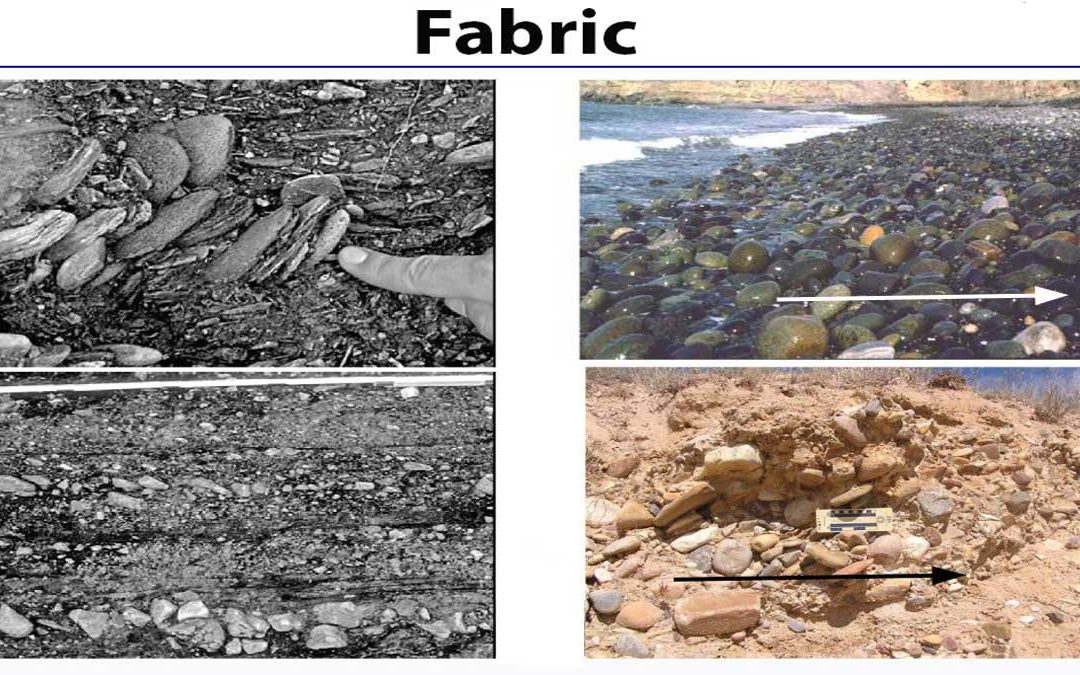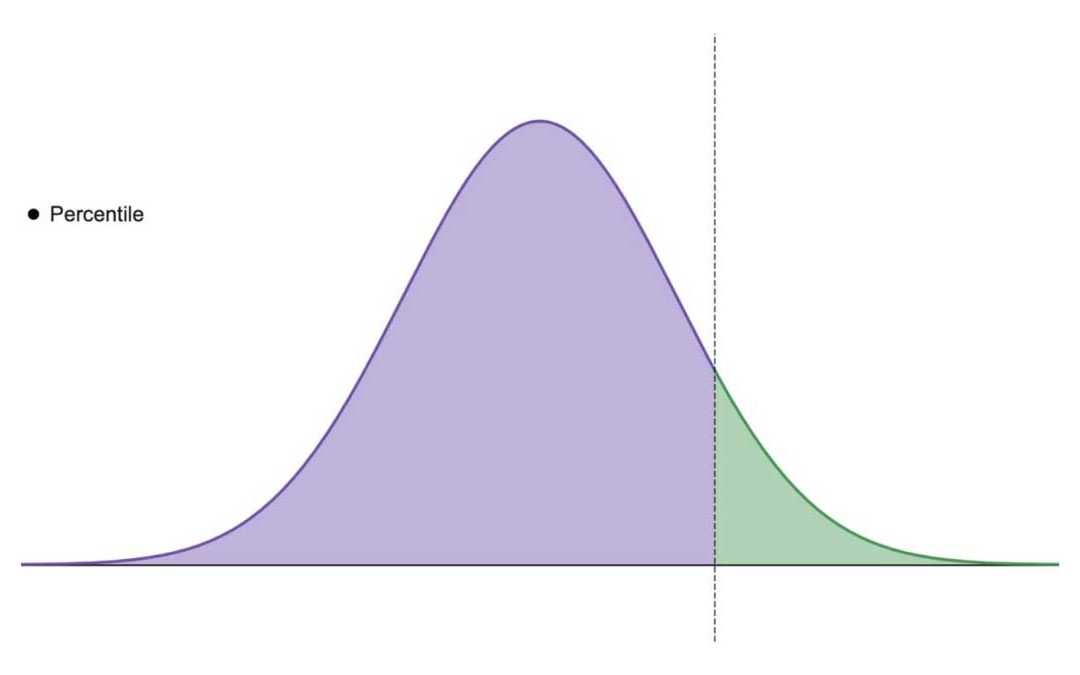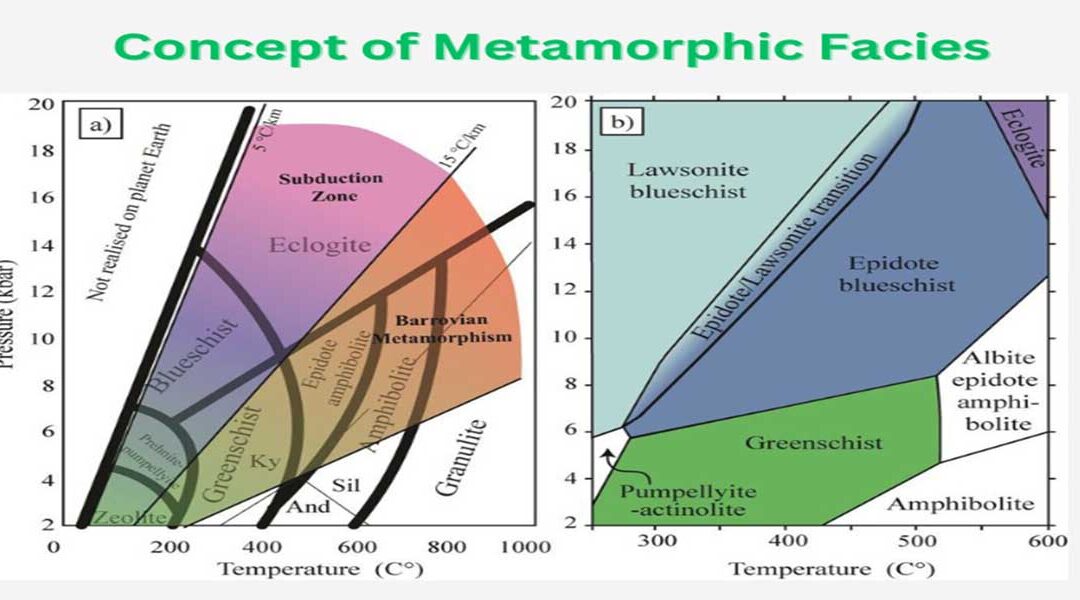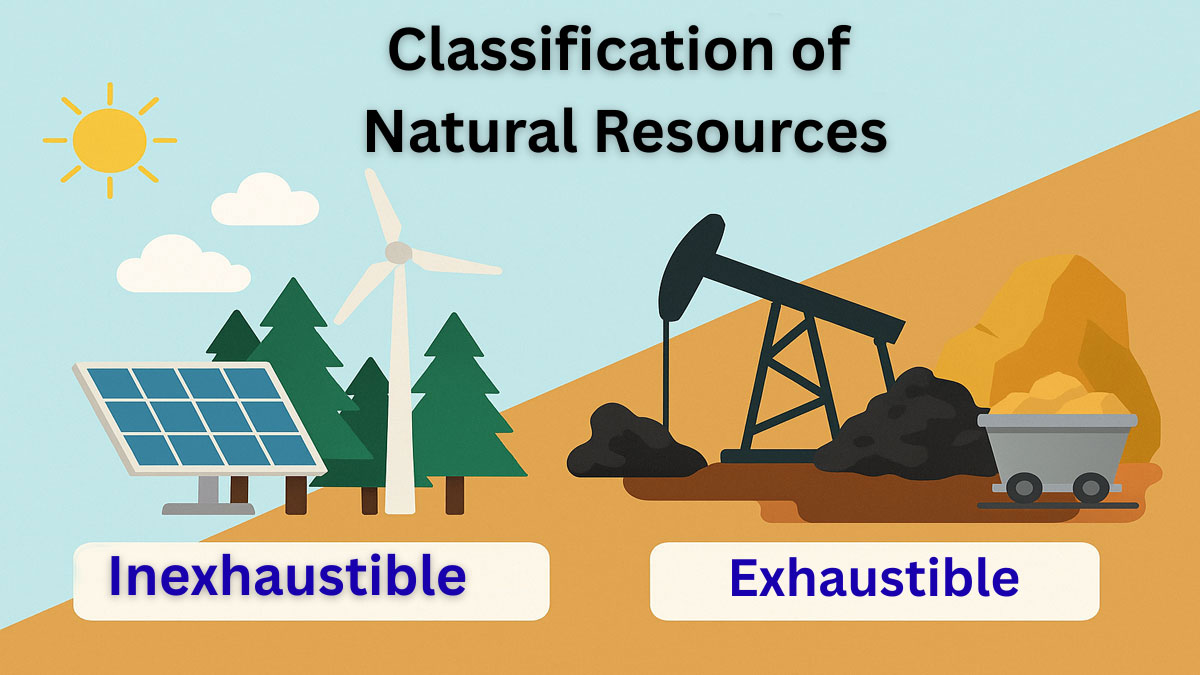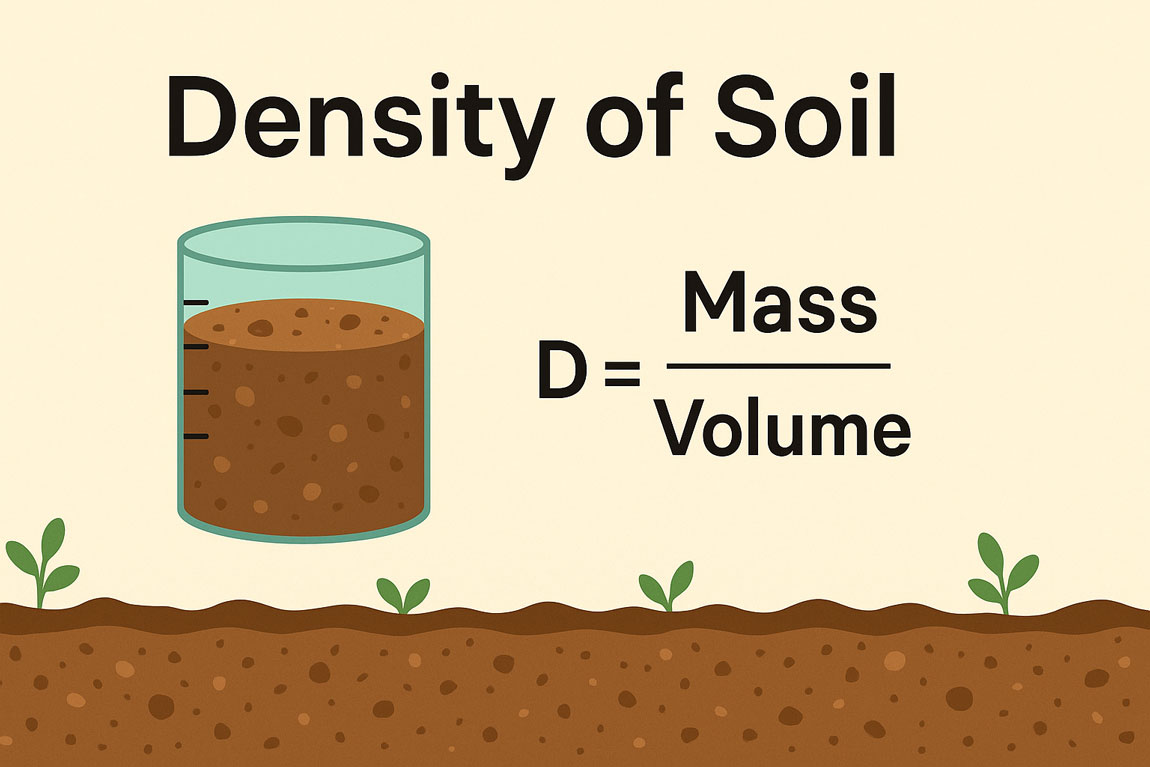
by Gelogia Team | Mar 17, 2025 | Structural Geology
Crude Oil: Crude oil is the liquid form of petroleum. It is a mixture of hydrocarbons that exists in the liquid phase in the underground reservoir as well as when produced at normal surface conditions. It is composed of hydrocarbon molecules with five or more carbon...

by Gelogia Team | Mar 15, 2025 | Structural Geology, Uncategorized
Capillary pressure: Capillarity is the phenomenon whereby liquid is drawn up a capillary tube. It is a measurement of the force that draws a liquid up a thin tube, or capillary. It increases with decreasing tube diameter. Translated into geological terms, the...

by Gelogia Team | Feb 16, 2025 | Structural Geology
What is Fabric: Fabric means the orientation of grains. It is a property of grain aggregates. Any non-spherical object has an orientation. Features that are larger than single grains but smaller than sedimental structures. Types of Fabric: Generally, there are two...

by Gelogia Team | Feb 13, 2025 | Structural Geology
When analyzing sediment, a percentile helps determine the grain size at a specific weight percentage. It’s found by plotting data on a cumulative curve and is essential for understanding sediment distribution. By using histograms, probability curves, and frequency...

by Gelogia Team | Feb 9, 2025 | Structural Geology
Simple Random Sampling: Simple random sampling is a method of selecting “n” elements from a population of size “N” elements in such a way that each combination of “n” elements has an equal probability of being selected as every other combination. Advantages: This...

by Gelogia Team | Feb 8, 2025 | Structural Geology
The Concept of Metamorphic Facies, introduced by Eskola in 1915, classifies metamorphic rocks based on mineral assemblages formed under specific temperature and pressure conditions. Each facies represents a distinct P-T field, aiding in the study of metamorphic...



